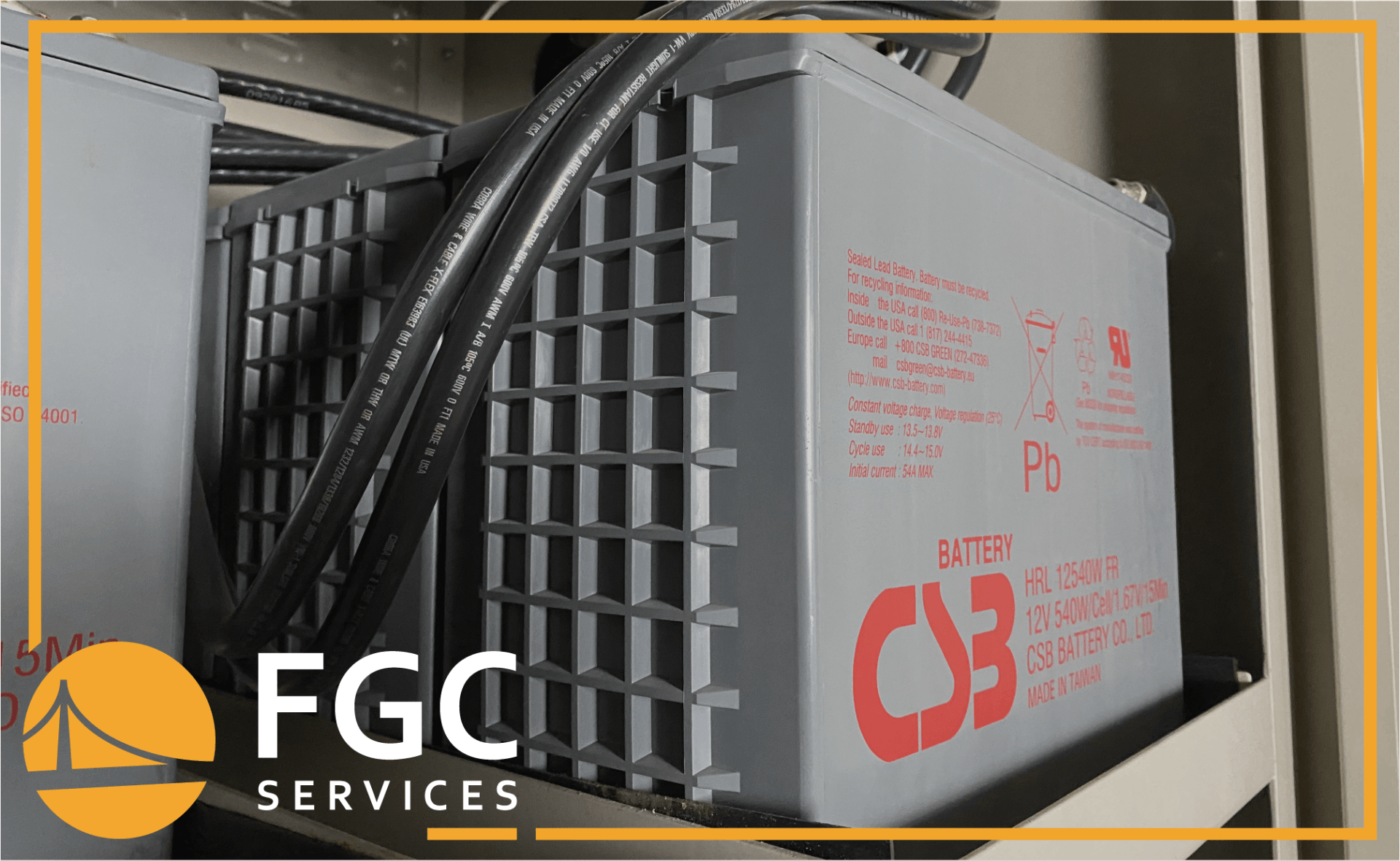History of The Uninterruptible Power Supply
15 August 2022
Share this article:
The uninterruptible power supply (UPS) system provides backup power to applications and equipment. If the main source of power becomes interrupted due to weather, fluctuating power surges, natural disasters, or other issues, the UPS provides power for a range of time from its battery pack.
The uninterruptible power supply has an interesting history and has changed since its first introduction in 1934. Read on to learn more about the history of the uninterruptible power supply.

Who Invented the Uninterruptible Power Supply?
John J. Hanley was the inventor of the uninterruptible power supply. Back during his time, he was interested in rail passenger trains. These rail systems ran on electricity as he was worried about passenger safety. If the electrical systems in the rail passenger trains failed in some way, this may lead the passenger train to continue traveling without being in control by the train operator.
In 1934, he obtained a patent for the "Apparatus for Maintaining an Unfailing and Uninterrupted Supply of Electrical Energy." The device's function was to allow for automatic switching to the battery in case of a power failure. At the same time, an external electrical source would supply power to the battery in the device during regular operations. The name was later changed to uninterruptible power supply.
The first UPS systems used flywheel rotary designs that only provided backup power for about 20 seconds up to 90 seconds. The high speed flywheel would spin and build up kinetic energy that became stored. If the power fluctuates or fails, the flywheel's kinetic energy would provide DC current to the application. Considered a green technology, the flywheel rotary UPS is still used today for smaller backup functions as they can last for 20 years.
How Does an Uninterruptible Power Supply Work?
A UPS system works as a backup power supply as well as a surge protector. It connects to the main power source (wall outlet) and directly to the application or to a power distribution unit that is connected to multiple equipment. If there is a power failure, the UPS automatically switches to its battery pack to begin powering the devices. This solution provides a company enough time to evaluate the power issue, fix equipment problems, and/or save electronic documents and data. The amount of backup power provided by the UPS system depends on the capacity of the battery pack and the power needs of the connected equipment.
In some configurations, two UPS systems may become connected. If the first UPS system battery runs out of power or experiences a failure, the second UPS system kicks in to provide backup power.
How Many Types of UPS are There?
There are 3 basic topographies to UPS systems: offline/standby, double-conversion, and line-interactive. These are not to be confused with interruptible power supplies (IPS) that are mostly used for emergency lighting. The type of UPS system to use will be based on the desired features, costs, and safety.
Offline/Standby UPS
Offline/Standby UPS systems are the most basic devices that provide surge protection and backup power. The UPS routes AC power from the main AC power source to charge the internal battery and directly to the AC load. It then uses an inverter to convert the DC battery power into AC power to the load when a power outage occurs. It uses an electronic switch to change the source of power, DC battery or main AC power, to allow the electrical current to pass down the output line. This electronic switch is usually subcycle, meaning it happens very fast so the load equipment does not see an interruption. These types of UPS are designed to handle surges, blackouts, brownouts, and are usually the least expensive type.
Double-Conversion UPS
Double-Conversion UPS systems use a rectifier to convert the incoming AC power to DC power which is used to charge the battery and power an inverter. The inverter changes the DC power back into AC power to feed the load. Because of this dual conversion, surges, spikes, distortions, or other anomalies on the incoming AC power are never seen by the critical loads on the output of the unit. The double-conversion UPS is considered the best type of unit while also costing more than the others due to it always running and its power conditioning features. In addition to handling surges, brownouts, and blackouts, the double-conversion UPS also manages over/under voltage as well as harmonic distortion, line noise, and frequency variation.
Line-Interactive UPS
Line-Interactive UPS systems use a ferroresonant transformer to help stabilize the AC power when electrical voltage fluctuations occur. The main difference with this type of UPS system is that when the electrical voltage drops out, it uses the ferroresonant transformer to carry load for a brief moment until the battery begins discharging through the inverter and transformer to the load. While it handles most of the same issues as the double-conversion UPS, it does not offer the same level of protection from the utility line as a dual conversion UPS system does.
What Are the Uses of UPS Systems?
Throughout the history of the uninterruptible power supply system, its main function has been to provide emergency backup power if there is power loss from a main source. It allows work to continue or enough time to perform orderly shut down of systems to avoid damage and loss of data. As technology advances, UPS systems have evolved to be more efficient, reliable, and more versatile even allowing for automatic shut down of systems and notifications of alarms and events via email or text.
The UPS has become an efficient and reliable piece of equipment to prevent data loss or possible data corruption that can happen when equipment suddenly shuts down due power surges. It can also prevent the hardware and components inside equipment from experiencing damage. Based on the size of the UPS and the runtime, it may offer equipment with enough power to complete tasks until the main power source comes back online.
Here at Facility Gateway, we offer UPS and battery equipment sales and maintenance contract services for companies across the country. Having a dependable source of power available the moment the lights flicker or the electricity shuts down ensures that your equipment will keep running safely for a specific amount of time. For more information regarding our UPS products and services, reach out to our company today.
Connect with Us:





